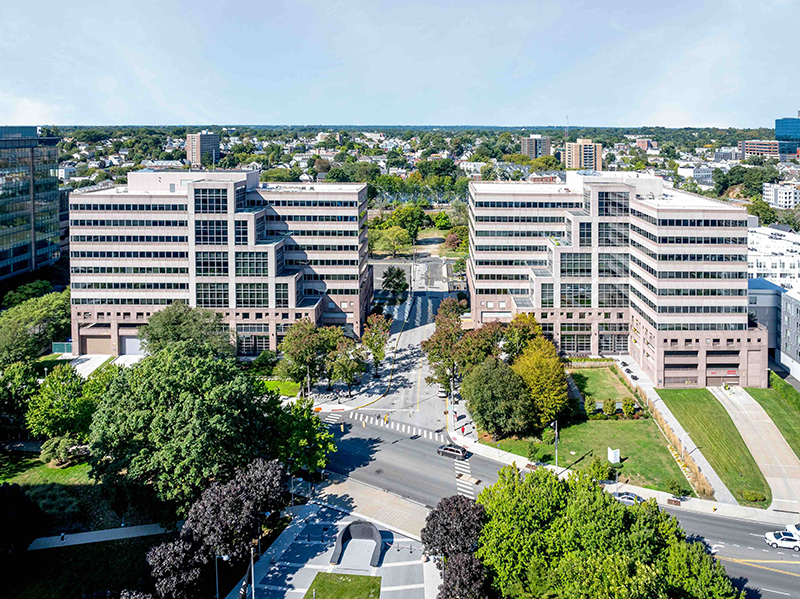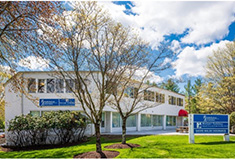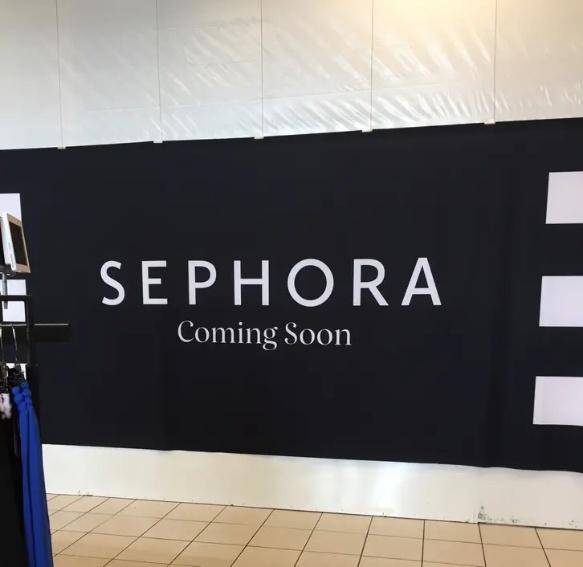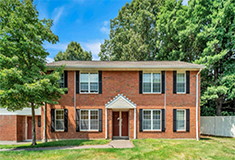News:
Connecticut
Posted: May 19, 2010
Community Design Charrettes - Getting the most from a Charrette
A Community Design Charrette is a process which encourages residents to get involved with the design of their municipality or a small part of it. The "Charrette" has been around for a long time, but it has recently reentered the public awareness due to high profile grants from the Environmental Protection Agency (EPA) and the use of internet to spread the word. Despite this, a successful Charrette is not automatic or guaranteed. There are several steps that should be considered before having a Charrette.
Before you set up a Charrette, you should consider what a Charrette is and what it can accomplish. There are many types of Charrettes - focused site specific discussions, workshops to gather people's opinions about topics general or specific, and detailed design of larger areas using building blocks or templates. Each type of Charrette has its positives and negatives. All Charrettes have several things in common - they should be designed to allow the public to offer their opinion, there must be a guide directing the discussion; there must be a defined end point; and, finally, a summary of the agreed upon points should be presented at the end of the discussion.
A Charrette can have several forms - a workshop, a listening session, surveys, public hearing, or a design exercise. Among the professionals who work with communities, each of these forms are used differently - usually due to time or money factors. Often you can get more out of an intensive two hour listening session than a multi-day workshop. This is usually because the shorter session only asks for people's opinion rather than trying to change their mind or reach a group consensus. Therefore, a community or group considering a Charrette should be very clear on what the final use of the information gathered at the Charrette will be. This will help determine what kind of Charrette you need.
When considering a Charrette, it is also important to understand what a Charrette or workshop can't do. While this event is designed to compile opinions, the Charrette has limitations. Most importantly, the overall problem that you are trying to solve will not be complete or solved at the Charrette. This event is only one part of an overall process which usually ends with a report and a design solution prepared by a professional (landscape architect, architect, or planner). Also, once you ask someone's opinion, they usually expect you to do something with it. This is most often in the form of a follow up presentation or meetings. Lastly, even when you are done, not everyone will be happy. There will always be participants who feel that the final solution did not respect their opinion. Hopefully, they will be able to see the compromises that went into the final solution.
A successful Charrette needs to take into consideration feelings of the people who will be participants. Many people are reluctant to offer their opinion, especially in a public forum. Others are very aggressive with their opinions. Often, these two types of people do not do well in the same room. You can design stand alone stations or other ways to gather opinions from these people who are reluctant to talk, or provide a written format for those who do not volunteer a verbal opinion. If people are interested enough to come to the Charrette, they should have multiple ways to voice their opinions.
One last note, a Charrette or workshop is usually most successful when the questions asked are open ended and always include a follow up "why or why not?". Participants should always be asked to expand upon or clarify their opinions. This gives the guide more information and starts to create a common vocabulary for use by the group. Once everyone is using the same terms, it is much easier to have a successful discussion.
The Charrette is a valuable tool to understand how people envision their community or street or even smaller projects like a logo. Understanding what you want to get out of it will help dictate what the best form to use will be. A small scale or series of small scale meetings might be more successful than a large scale, very expensive event depending on your final goal. Also, there are many local firms that do Charrettes and workshops on a regular basis. You might also want to contact the design center of your local university or regional planning organization. Both of these local options provide professional services at a reasonable cost.
Terri-Ann Hahn, ASLA, CPESC, CPSWQ, LEED AP is a principal of LADA, P.C. - Land Planners, Simsbury, Conn.
Tags:
Connecticut
MORE FROM Connecticut
CBRE brokers sale of Stamford Towers - 326,468 s/f Class A office
Stamford, CT The CBRE team of Jeff Dunne, Steve Bardsley, and Travis Langer, in collaboration with David Block, completed the sale of Stamford Towers, located at 680 & 750 Washington Blvd. CBRE represented the seller, CBRE Investment Management, and procured the buyer, a joint venture of Lamar Companies

Quick Hits










.png)